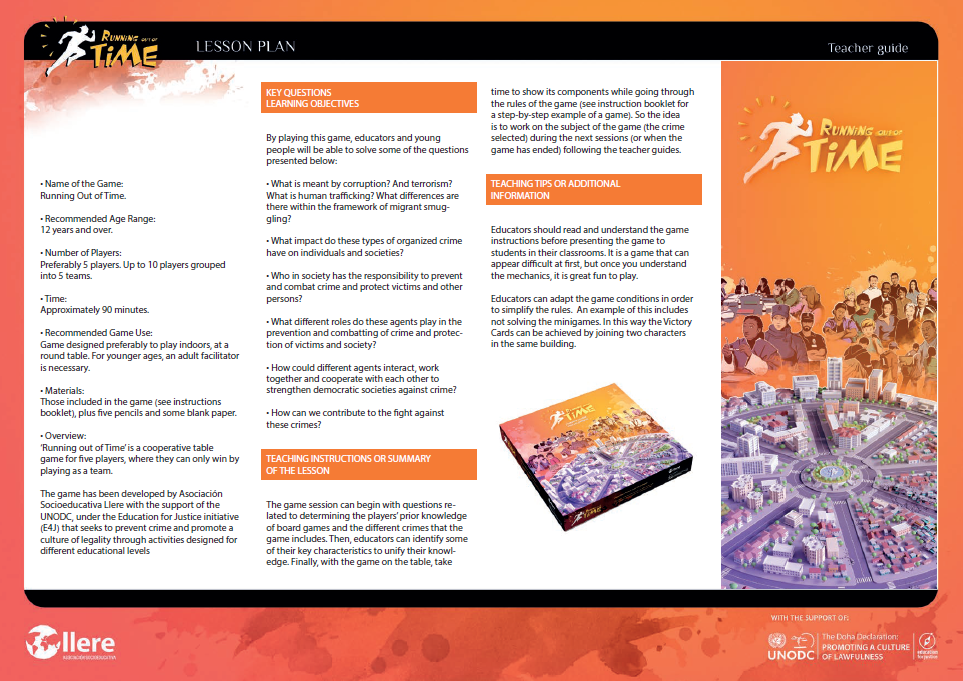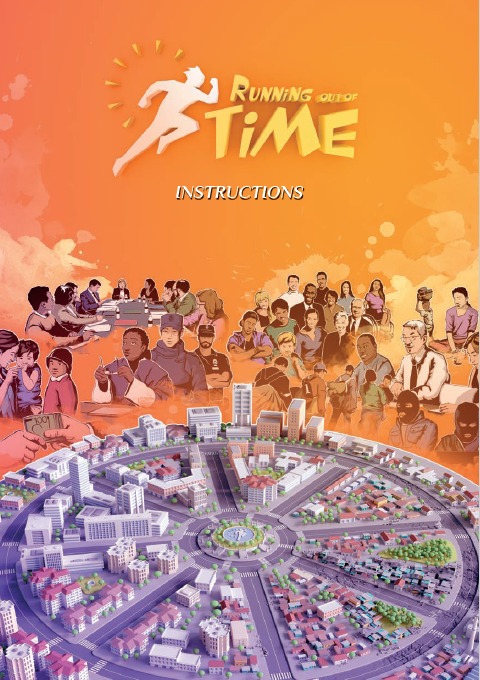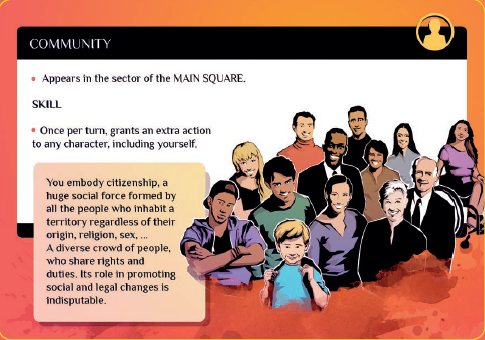
#f08039
 Criminalité organisée
Criminalité organisée  Corruption
Corruption  Traite des êtres humains et trafic illicite de migrants
Traite des êtres humains et trafic illicite de migrants  Terrorisme
Terrorisme
Grâce à ce jeu, élèves et enseignants pourront répondre aux questions suivantes :
- Que signifie la corruption, le terrorisme ? Qu'est-ce que la traite des personnes ? Quelles sont les différences dans le cadre du trafic illicite de migrants ?
- Quelles conséquences a ce type de crimes organisés sur les individus et la société ?
- Au sein de la société, qui endosse la responsabilité de prévenir et de combattre le crime et de protéger les victimes et les personnes ?
- Quels rôles les différents agents jouent-ils dans la prévention et la lutte contre le crime et dans la protection des victimes et de la société ?
- Comment différents agents pourraient-ils être en contact, travailler ensemble et coopérer afin de renforcer les sociétés démocratiques face à la criminalité ?
- Comment contribuer à la lutte contre ces crimes ?
Running out of time est un jeu de plateau coopératif pour cinq joueurs où on ne gagne qu'en faisant preuve d'esprit d'équipe. Le principal objectif est de prévenir l'expansion du crime à tous les quartiers et leurs habitants. Pour ce faire, les personnages, représentant différents agents publics, doivent obtenir 10 cartes victoire. S'ils y parviennent, ils auront triomphé du crime et gagné la partie. Dans le cas contraire, le crime triomphe et tout le monde a perdu.
Éléments du jeu à télécharger :
Mis au point avec l'appui de E4J par : 



